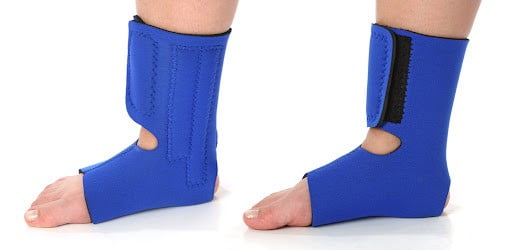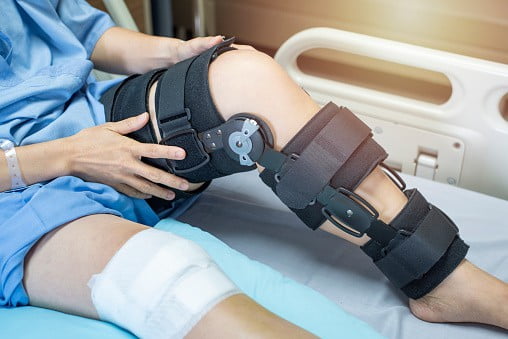Introduction

Physiotherapy is an essential component of the healing process following ankle surgery. It helps reduce pain, improve mobility, and restore strength to the affected area. Physical therapists work closely with patients to develop a customized rehabilitation plan tailored to their unique needs and goals. This plan may involve exercises, manual therapy, ultrasound therapy, electrical stimulation, taping techniques, and more. With proper physiotherapy after ankle surgery, patients can achieve full recovery while avoiding complications like stiffness or instability in the ankle joint.

The benefits of physiotherapy after ankle surgery are often overlooked in the recovery process. Physiotherapy is a critical component of restoring function to an injured ankle and preventing further damage or injury. Not only does it speed up the healing process, but it can also improve mobility, reduce pain and swelling, and prevent long-term complications. If you need help, visit this link here https://rapidphysiocare.com/post-operative-physiotherapy/.
Improved mobility is one of the most important benefits of physiotherapy after ankle surgery. Depending on the extent of your surgery, you may have limited range of motion in your ankle due to scar tissue formation or other factors such as muscle weakness. Targeted stretching and strengthening exercises prescribed by a physical therapist can help you regain strength and flexibility in your joints, facilitating easier movement during activities like walking or running.
Physiotherapy can also help reduce pain associated with an ankle injury or surgery by helping restore normal joint mechanics and decreasing inflammation around the area with modalities such as ultrasound therapy or electrical stimulation. Furthermore, postoperative swelling can be managed through manual techniques like massage along with appropriate use of icing protocols which helps to speed up recovery time so that you can get back on your feet sooner than later!
In addition to exercises, physiotherapists provide education regarding proper footwear selection along with instruction on how to manage weight-bearing loads during the recovery process to prevent re-injury or long-term complications.
Physiotherapy is a form of treatment designed to promote movement, reduce pain, and improve overall quality of life. It is used in many medical settings, including rehabilitation centers, hospitals, and outpatient clinics. Physiotherapists use a variety of different exercises in order to address the individual needs of their patients. Depending on the specific condition being treated, these exercises can range from simple stretches and range-of-motion activities to more complex balance and agility drills.

Range-of-motion (ROM) exercises are designed to improve flexibility by increasing the patient’s ability to move through an entire joint’s available range without pain or discomfort. These types of exercises can include stretching or joint mobilization techniques such as passive range of motion (PROM), active range of motion (AROM), resisted ROM or proprioceptive neuromuscular facilitation (PNF). ROM exercises are typically used for people with arthritis or stiff joints caused by aging or injury.
Strengthening exercises help build muscle strength and endurance while improving coordination and balance. These types of exercise can be done using weights or body weight. Examples include heel raises, toe raises, squats, lunges, and calf stretches.
Physical therapy after ankle surgery has three primary goals. The first goal is to reduce swelling and inflammation in the ankle joint. Ice packs, compression wraps, and anti-inflammatory medications are often used to reduce swelling and promote healing. In addition, physical therapists may use ultrasound or electrical stimulation to stimulate circulation around the injured area and encourage healing.
The second goal of physical therapy after ankle surgery is to restore range of motion in the affected joint. ROM exercises may involve stretching, strengthening exercises such as heel raises or leg lifts, proprioceptive training (balance training), gait training (walking), or aquatic therapy (water exercises).
The third goal of physical therapy after ankle surgery is restoring strength and function in the affected area as well as any adjacent muscles that have been weakened due to immobilization during recovery time. This includes strengthening exercises for both lower leg muscles.
Conclusion
In conclusion, physiotherapy after ankle surgery is a critical step in the rehabilitation process. It helps to reduce pain and swelling, increases range of motion, strengthens muscles, and prevents future injury. With personalized guidance from a physical therapist, patients can return to their daily activities and sports with confidence. In order for the best outcome following ankle surgery it is important to stick with your physical therapy plan as prescribed by your physician or physical therapist.
[custom-twitter-feeds feed=2]





